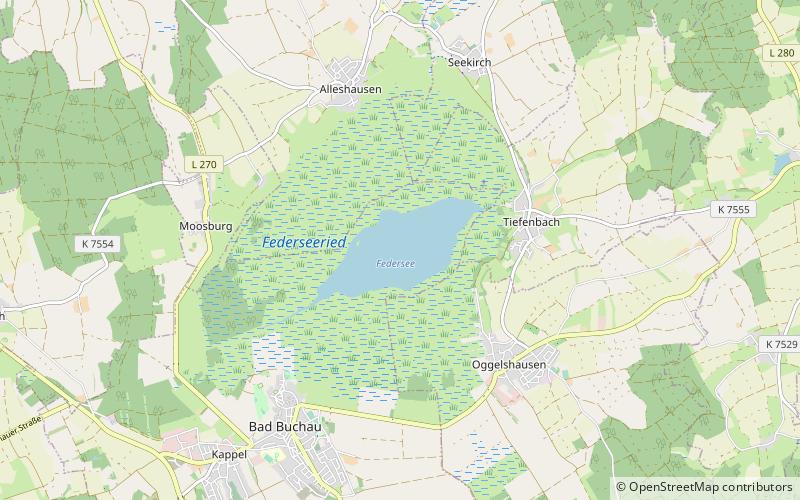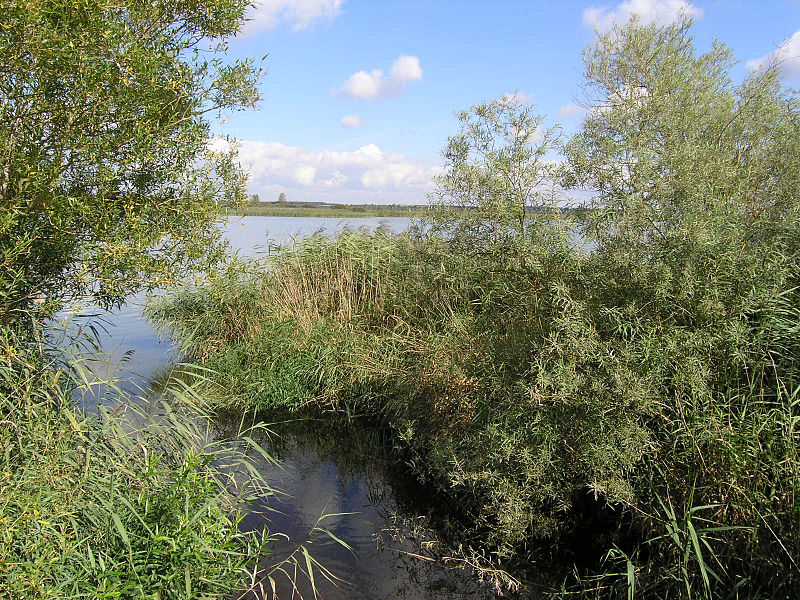Federsee


Facts and practical information
Federsee, nestled in the heart of Upper Swabia in Baden-Württemberg, Germany, is a serene lake that offers visitors a glimpse into both natural beauty and ancient history. This shallow lake, surrounded by extensive reed beds and wetlands, is a remnant of a glacial landscape formed over 15,000 years ago during the last Ice Age.
Spanning an area of about 1.4 square kilometers, Federsee is not only a haven for a diverse range of flora and fauna but also a site of significant archaeological importance. The area around the lake is known for its well-preserved prehistoric pile dwellings, which have been recognized as a UNESCO World Heritage Site. These ancient settlements provide valuable insights into the life of Neolithic and Bronze Age communities that once thrived on the lake's shores.
For nature enthusiasts, Federsee is a biodiversity hotspot, particularly noted for its birdlife. The lake and its surrounding marshes serve as an important breeding and resting ground for numerous bird species, making it a popular destination for birdwatchers.
Visitors to Federsee can explore the Federsee Museum, which showcases fascinating exhibits on the region's natural history and archaeological finds. Additionally, a network of boardwalks allows for an immersive experience, enabling guests to wander through the reeds and wetlands without disturbing the delicate ecosystem.
Baden-Württemberg
Federsee – popular in the area (distance from the attraction)
Nearby attractions include: Bussen, Federseemuseum, Buchau Abbey, Mittelbiberach.




